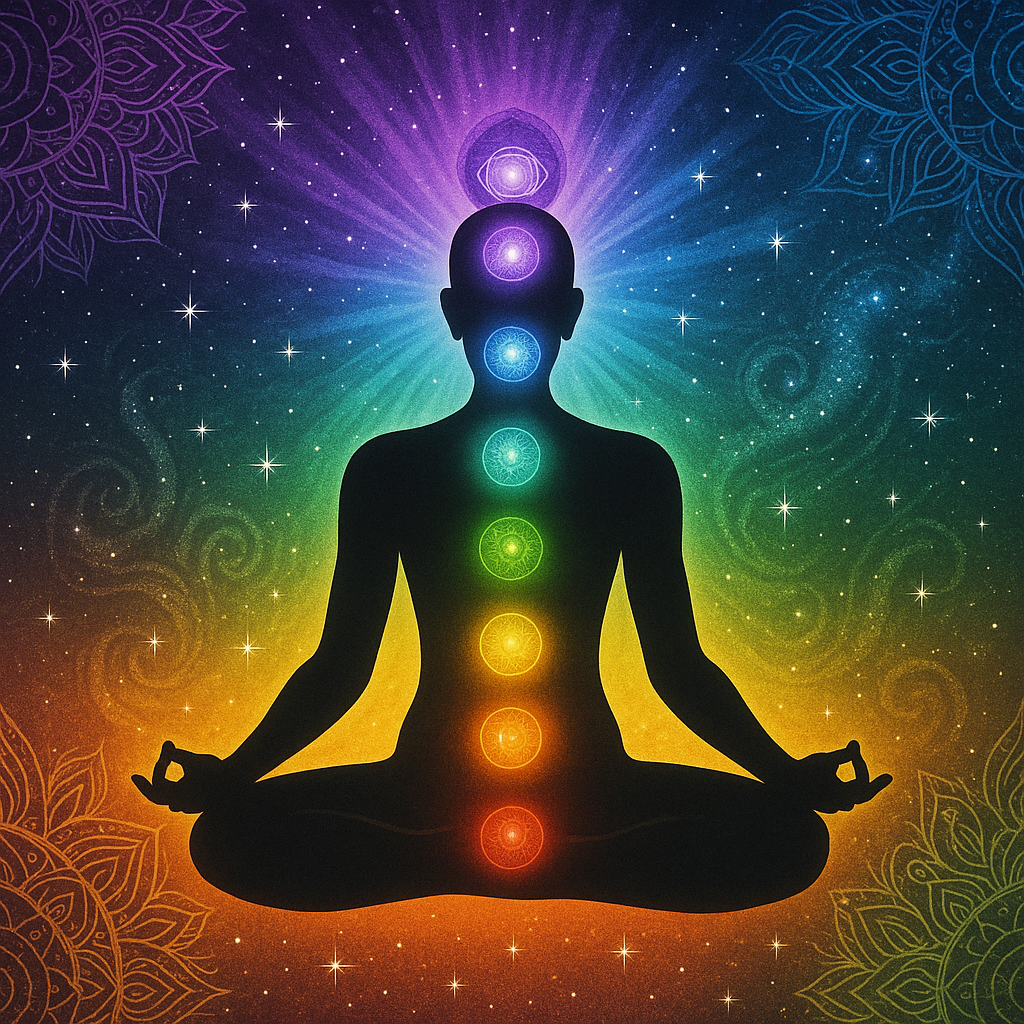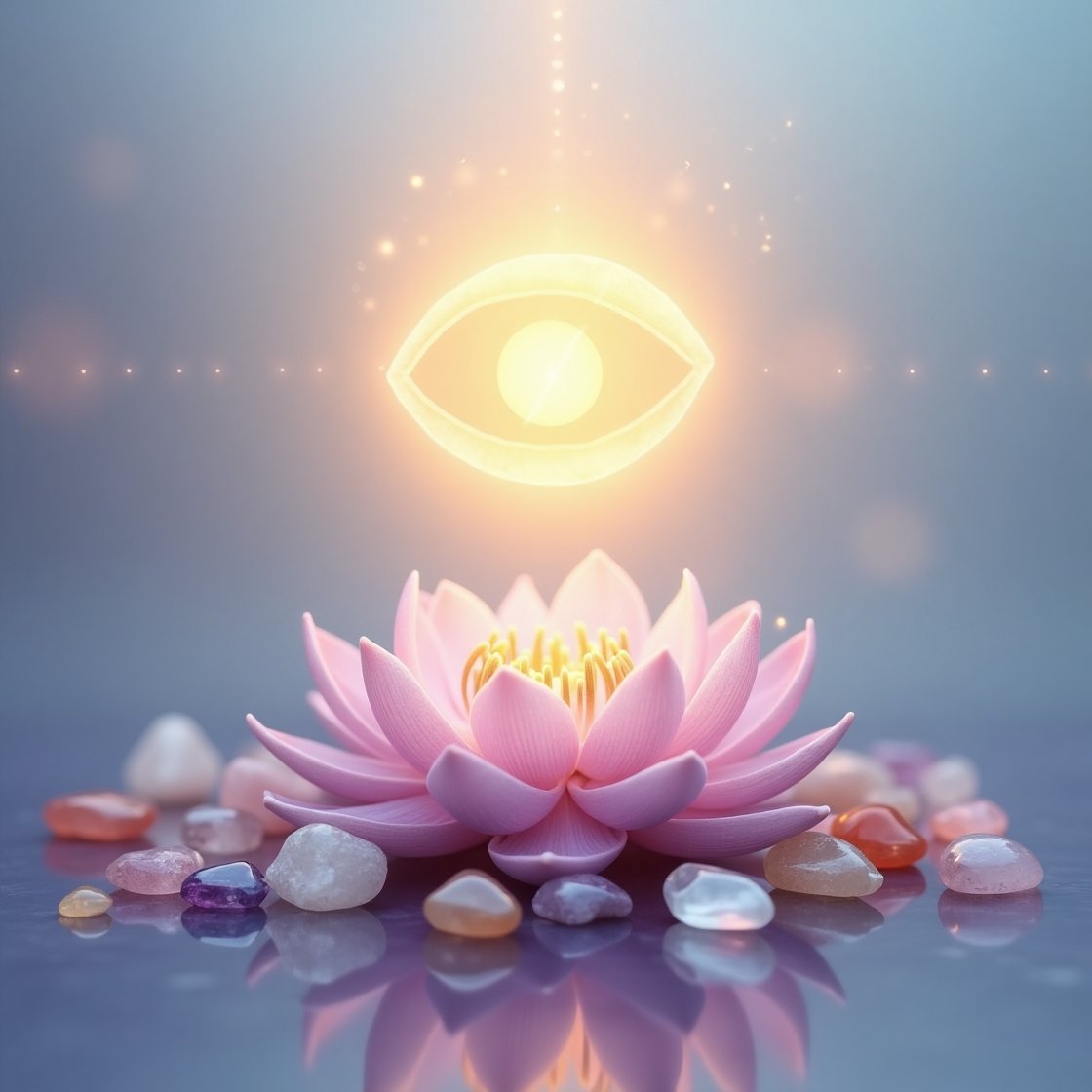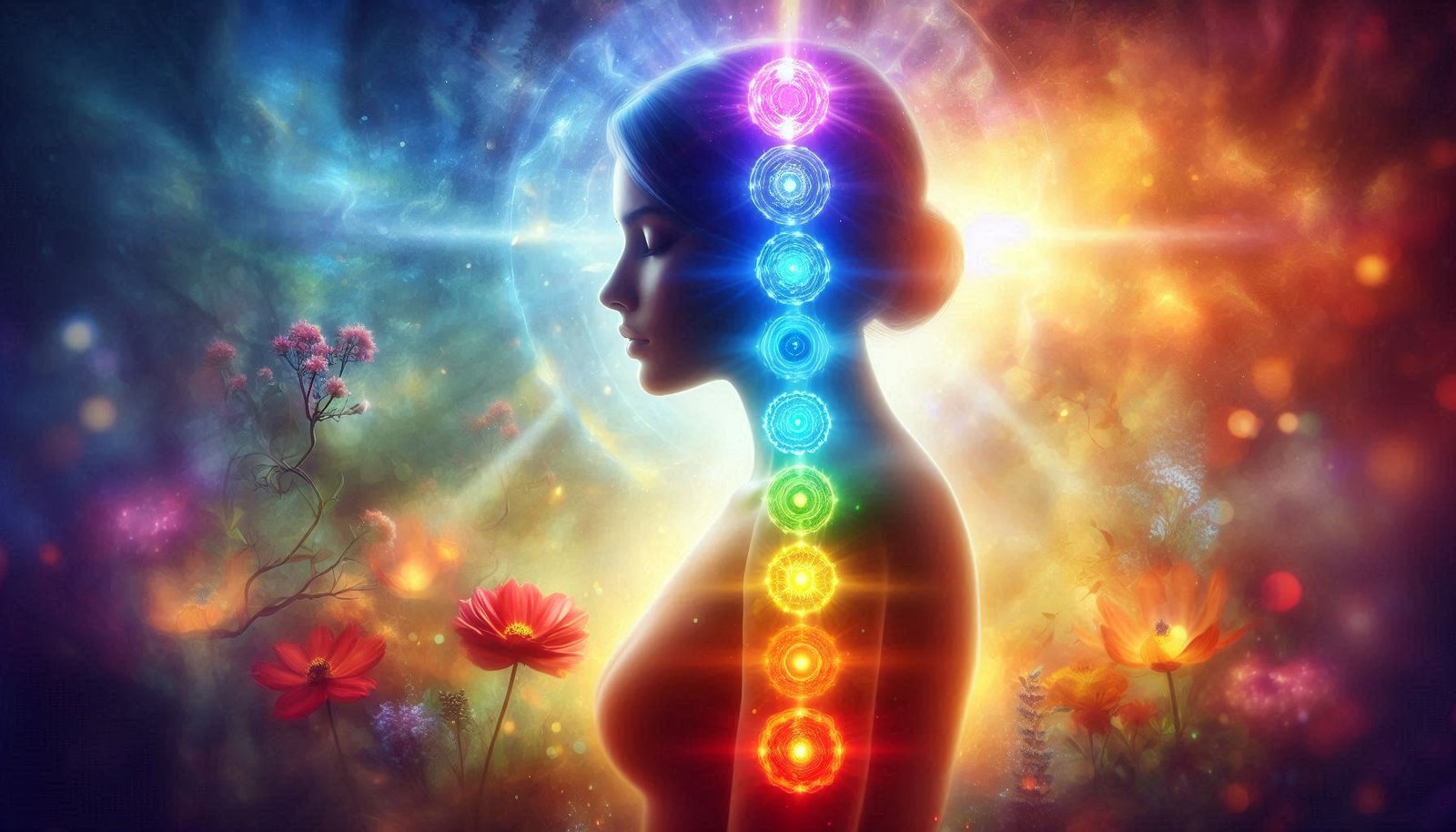For centuries, mystics, yogis, and healers have spoken of energy centers within the human body—points where life force, or prana, flows and gathers. These centers are known as chakras, a Sanskrit word meaning “wheel” or “disk.” Chakras are often described as spinning wheels of light that align along the spine, each vibrating at a specific frequency. What makes them especially fascinating is that every chakra is associated with a particular color, each carrying symbolic meaning that mirrors aspects of human experience—ranging from survival and stability to love, wisdom, and spiritual transcendence.
In this article, we’ll take a deep journey into the seven primary chakras, their colors, and their significance. You’ll also learn how these colors can help guide you in balancing your energy, deepening meditation, and enhancing overall well-being.
—
🌈 Understanding the Chakra System
The chakra system originates from ancient Indian spiritual traditions, particularly from the Upanishads and yogic texts dating back thousands of years. According to these traditions, the chakras are energy portals that link the physical body with the spiritual self.
Each of the seven main chakras is associated with:
A location in the body
A color of the spectrum
A frequency of vibration
A set of emotional and spiritual qualities
When these chakras are open and balanced, energy flows freely, and we experience vitality, harmony, and connection. When blocked or overactive, however, imbalances may manifest as emotional struggles, physical ailments, or a sense of disconnection.
The colors of the chakras follow the natural spectrum of a rainbow—from red at the base to violet at the crown. This isn’t coincidental. Just as colors vibrate at different frequencies of light, chakras vibrate at different levels of consciousness.
—

🔴 Root Chakra (Muladhara)
Color: Red
Location: Base of the spine, pelvic floor
Element: Earth
Mantra: LAM
The Root Chakra is the foundation of the entire chakra system. Represented by the color red, it embodies survival, safety, and grounding. Red is the color of blood, of life itself—it anchors us to the physical plane and reminds us of our primal connection to Earth.
When the Root Chakra is balanced, you feel secure, stable, and capable of meeting life’s basic needs. You trust life’s process and carry an unshakable sense of belonging.
Signs of imbalance: Fear, anxiety, financial instability, lack of focus, or feeling “ungrounded.”
Healing practices for Muladhara:
Walking barefoot on grass or soil (earthing)
Practicing grounding yoga poses like Mountain or Tree pose
Using crystals like red jasper or garnet
Visualization: Imagine roots growing from your spine into the Earth, glowing red with stability.
—
🟠 Sacral Chakra (Svadhisthana)
Color: Orange
Location: Lower abdomen, below the navel
Element: Water
Mantra: VAM
The Sacral Chakra glows with orange light, the color of creativity, sexuality, and emotional flow. Just as orange combines the stability of red with the optimism of yellow, this chakra blends grounded presence with joyful expression.
This chakra governs pleasure, intimacy, and the ability to create—whether it’s art, ideas, or new life. When balanced, you feel passionate, emotionally open, and attuned to your desires.
Signs of imbalance: Guilt, shame around sexuality, lack of creativity, emotional numbness, or unhealthy attachments.
Healing practices for Svadhisthana:
Dancing or engaging in creative arts
Drinking more water and connecting with rivers, lakes, or the sea
Eating orange foods like mangoes, carrots, and oranges
Visualization: Picture a warm orange sun glowing in your lower belly, radiating joy and creativity.
—
🟡 Solar Plexus Chakra (Manipura)
Color: Yellow
Location: Upper abdomen, around the stomach
Element: Fire
Mantra: RAM
The Solar Plexus Chakra is the seat of personal power, confidence, and transformation. Its color, yellow, is bright like the sun—radiant, warm, and energizing. It represents strength, courage, and willpower.
When balanced, Manipura fuels your ability to pursue goals, overcome obstacles, and shine with self-assurance. It empowers you to say “yes” when aligned and “no” when necessary.
Signs of imbalance: Low self-esteem, indecision, digestive problems, or controlling tendencies.
Healing practices for Manipura:
Practicing core-strengthening yoga poses like Boat pose
Breathing exercises that stoke inner fire
Eating yellow foods like bananas, corn, and turmeric
Visualization: See a glowing golden sun at your navel, radiating confidence and vitality.
—

💚 Heart Chakra (Anahata)
Color: Green (sometimes pink)
Location: Center of the chest
Element: Air
Mantra: YAM
The Heart Chakra radiates green light, symbolizing love, compassion, balance, and healing. Green, the color of nature, reflects growth, renewal, and harmony. When open, this chakra allows love to flow freely—toward yourself and others.
Anahata is the bridge between the lower physical chakras and the higher spiritual ones. It teaches us that true strength comes not from domination but from compassion and forgiveness.
Signs of imbalance: Loneliness, jealousy, resentment, difficulty forgiving, or physical heart and lung issues.
Healing practices for Anahata:
Spending time in nature
Practicing loving-kindness meditation (metta)
Using rose quartz or green aventurine crystals
Visualization: Envision a glowing emerald light expanding from your chest, embracing yourself and others in unconditional love.
—
🔵 Throat Chakra (Vishuddha)
Color: Blue
Location: Throat
Element: Ether / Sound
Mantra: HAM
The Throat Chakra is associated with blue light, representing truth, communication, and self-expression. Blue is calm and soothing, like a clear sky or still ocean, reminding us of clarity and honesty.
When Vishuddha is open, you can express yourself authentically, listen deeply, and communicate with compassion. It is the chakra of creativity in sound—speaking, singing, and chanting.
Signs of imbalance: Fear of speaking, dishonesty, gossip, sore throats, or thyroid imbalances.
Healing practices for Vishuddha:
Singing, chanting, or speaking affirmations
Drinking herbal teas to soothe the throat
Journaling to express emotions
Visualization: Imagine a blue sphere at your throat, glowing with truth and clarity.
—
🟣 Third Eye Chakra (Ajna)
Color: Indigo
Location: Between the eyebrows
Element: Light
Mantra: OM
The Third Eye Chakra is the center of intuition, wisdom, and insight. Its indigo color reflects depth, mystery, and inner vision. This chakra guides perception beyond the material world, helping you trust intuition and awaken spiritual awareness.
When Ajna is balanced, you experience clarity of thought, psychic awareness, and the ability to see life’s deeper patterns.
Signs of imbalance: Headaches, poor memory, lack of imagination, overthinking, or being disconnected from intuition.
Healing practices for Ajna:
Meditation with focus on the “third eye” point
Practicing mindfulness and dream journaling
Using crystals like amethyst or lapis lazuli
Visualization: Picture a glowing indigo light between your eyebrows, opening to reveal wisdom and clarity.
—
⚪ Crown Chakra (Sahasrara)
Color: Violet or White
Location: Top of the head
Element: Cosmic energy / Consciousness
Mantra: Silence or OM
The Crown Chakra is the highest chakra, symbolizing spiritual connection and enlightenment. Represented by violet (sometimes white), it radiates divine consciousness and the awareness of unity with all creation.
Sahasrara is the gateway to higher states of consciousness, mystical experiences, and deep inner peace. When balanced, you feel connected to the infinite, experiencing profound moments of grace and transcendence.
Signs of imbalance: Spiritual disconnection, depression, cynicism, or obsession with materialism.
Healing practices for Sahasrara:
Meditation and prayer
Silence and contemplation
Spending time under the night sky
Visualization: Imagine a violet lotus flower opening at the crown of your head, connecting you to the divine.
—
🌟 Why Chakra Colors Matter
Colors are not merely symbolic—they influence the mind and body. Modern research shows that colors affect mood, emotions, and even physiological responses. For example:
Red can increase heart rate and create alertness.
Blue has a calming effect and can lower stress.
Green promotes relaxation and balance.
By aligning with the colors of the chakras, you can use visualization, clothing, art, and meditation to harmonize your energy centers.
—
🧘♀️ Practical Ways to Balance Chakra Colors
1. Meditation with Visualization – Sit quietly, focus on each chakra, and visualize its color glowing brightly.
2. Color Therapy – Surround yourself with the color of the chakra you wish to heal through clothing, candles, or crystals.
3. Yoga Practices – Each chakra resonates with specific yoga poses (e.g., Heart Chakra with backbends, Root Chakra with grounding poses).
4. Affirmations – Speak affirmations aligned with each chakra (e.g., Root: “I am safe and secure”).
5. Sound Healing – Chant mantras or listen to frequencies that match chakra vibrations.
—
✨ Closing Thoughts
The colors of the chakras are more than visual symbols; they are living frequencies that shape our physical health, emotional state, and spiritual growth. From the grounding red of the Root Chakra to the transcendent violet of the Crown, these colors guide us on a journey—from survival to self-realization, from fear to love, from separation to unity.
By tuning into the wisdom of chakra colors, we can cultivate balance, awaken hidden potential, and deepen our connection to both Earth and the divine.

